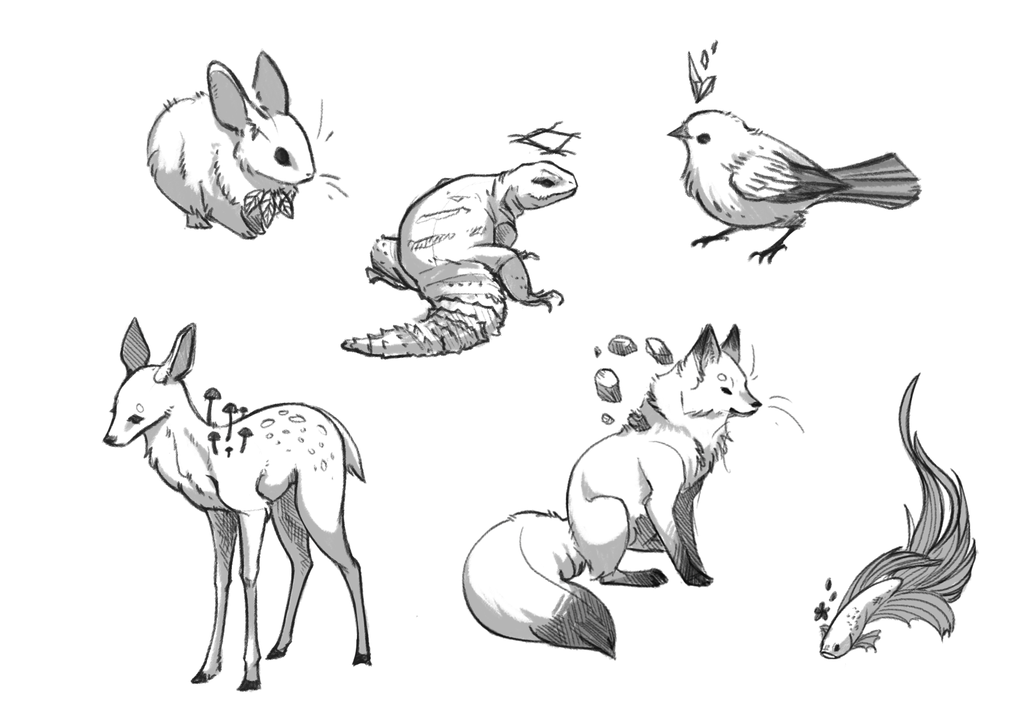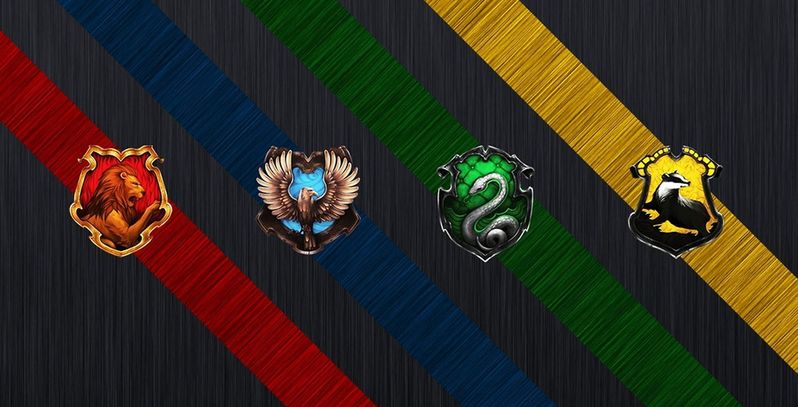Take this What Is Your Familiar quiz to find out. We update the quiz regularly and it’s the most accurate among the other quizzes.
In Western demonology, a familiar is a little animal or imp kept as a witch’s companion, either given to her by the devil or inherited from another witch. The familiar was a low-ranking demon who could take the form of any animal, such as a toad, dog, insect, or black cat. The familiar was sometimes described as a bizarre fantasy creature, a hybrid of numerous creatures.
The familiar was thought to feed on the blood of a witch’s fingers or other protuberances on her body, such as a mole or a wart. During the European witchcraft trials of the 15th–17th centuries, a suspected witch was examined for the “teats” she used to feed her familiar, and these, like the devil’s brand marks, were considered sure proof of her guilt.
Familiars… From a Historical Perspective
If we go back beyond the medieval witch hunts, familiars (or spirit guides) were initially regarded as a type of guardian angel.
Households in ancient Rome were guarded by tutelaries. These ghosts, like the genius loci, defended homes and property.
What Is Your Familiar?
Some people in ancient Greece believed in the daimon, a personal spirit that influenced a person’s activities. Even Socrates mentioned having one. In his series, His Dark Materials, Philip Pullman popularized the concept. Also, you must try to play this What is your familiar quiz.
Caraphzebiz is mentioned in the Picatrix, a Latin translation of an Arabic magical literature, as the “first individual to have a ‘familiar'” (Page 2017: 34). According to Sophie Page, “[t]his familiar spirit performed marvels for him, helped him learn the secrets of nature and the sciences, and appeared when summoned with sacrifices” (2017: 36).
During the Witch Panic, the Familiar
James I enacted a new Witchcraft Act in 1604, which encompassed “the esoteric ceremonies of diabolic witchcraft” (Voltmer 2017: 110). Working with bad spirits became a capital offense as a result of this. The legislation also made mention of familiars, which are thought to be “the witches’ helpful demonic allies” (Voltmer 2017: 110). The Act made a concerted effort to define different sorts of witchcraft. It also made communication with spirits and practicing magic with bodily parts illegal (Voltmer 2017: 110). The latter is unmistakably related to the divinatory practice of necromancy.
By the time of the 17th century witch hunts, these familiars were more commonly referred to as “imps” (Davies 1999: 181). They appeared as little animals, and a witch’s power might be passed on to another person via the familiar. Owen Davies highlights the regional aspect of the familiar, pointing out that there are essentially no mentions in Wales and only a few in northern England. East Anglia has the strongest belief (1999: 181).
About the quiz
Many of the tales came from this area as a result of Matthew Hopkins’s actions as the self-proclaimed witchfinder general. Witches in East Anglian tradition either received their familiar directly from Satan or inherited them from someone else (Davies 1999: 182).
Surprisingly, these imps can still be found in local court documents as late as the early twentieth century. In the reports, the familiars grew smaller and smaller until everyone agrees they were white mice (Davies 1999: 182). Davies suggests that the extended interaction with familiars in East Anglia could be due to the ferocity of the witch hunt (Davies 1999: 183).
People thought familiars were in bad spirits.
They served as servants and fed on the blood of ‘their’ witch. Many people believe the word derives from famulus, the Latin word for servant. The infamous ‘witch’s mark,’ which was sought throughout investigations, was said to be the teat where the witch suckled her familiar.
Familiars also guided witches and taught them how to practice magic. Because of their shapeshifting ability, witches used them as spies. Cats, dogs, birds, toads, and mice were all suspected.
Hares were thought to be either familiars or witches in disguise. The most well-known hare familiar is from the Pendle trials. Tibb was mentioned by Elizabeth Demdike. This familiar took on the appearances of a hare and a black cat.
For more personality quizzes check this: What Nail Color Should I Wear Quiz.




